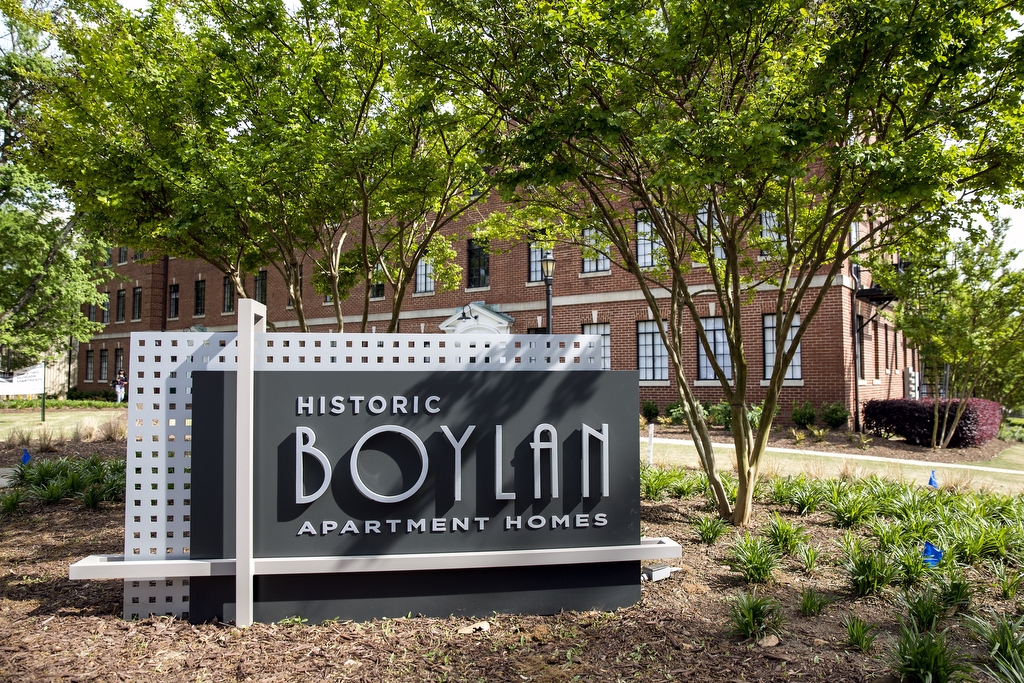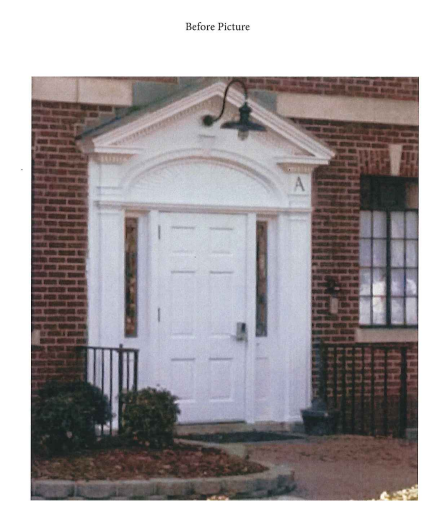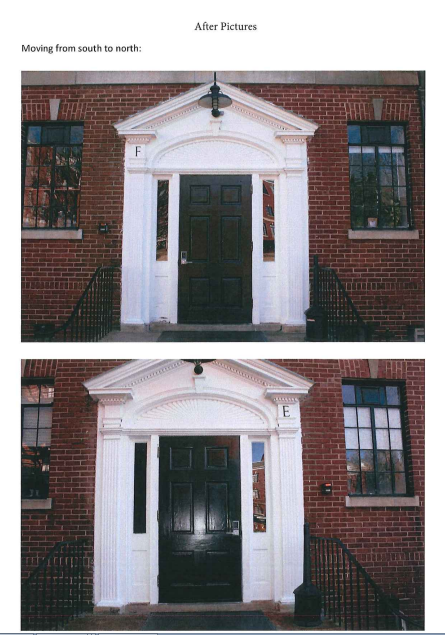Brought to you by Rufty-Peedin Design Build
Wednesday, August 24, 2016
Last month, we brought you “Minor Work Wednesday” which took a look at the future plans for an historic home at the intersection of Blount and Peace in downtown Raleigh.
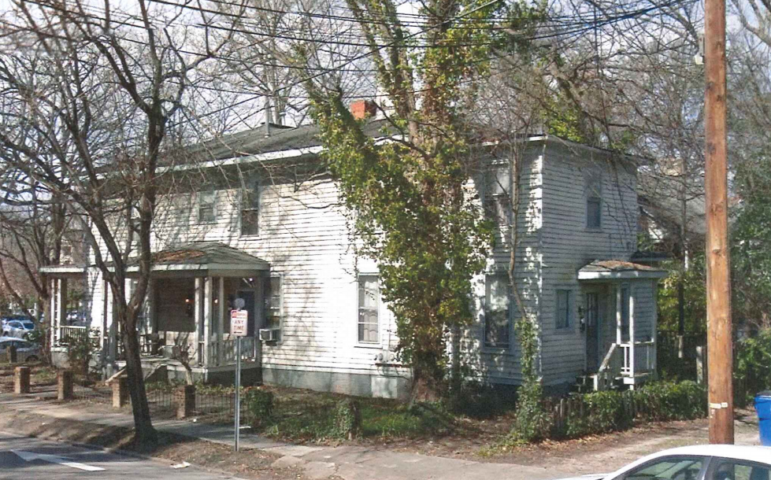
Google Maps
604 North Blount Street
Now, we present the inevitable sequel: “Major Work Wednesday,” which will focus on the Historic Boylan Apartments. Although if we’re going down that whole, titling a sequel with a larger adverb route, coming up with a name for part III will be tough. “Monumental Work Wednesday?”
It’s like Die Hard; after “Die Harder” they didn’t really have anywhere to go, so they decided to just tag on “…With a Vengeance.” Which ended up being a much better movie than Die Hard 2, for what it’s worth.
While both last month’s “minor” and today’s “major” work projects require the approval of Raleigh’s Historic Development Commission, it should come as no surprise that “major” projects tend to involve a larger scope of work.
So that’s why it was a bit of a surprise when we opened up the “Major Work” application for the Historic Boylan Apartments on Hillsborough Street and found that the owners were planning to….replace the lead glass in the building’s doors and windows.
So why is this major when the “minor” job over on Blount and Peace entailed a more significant rehab? More importantly, what is lead glass and why does it sound so dangerous? There’s probably a joke about it being made in China that I’m not clever enough to come up with.
As it turns out, the answer has a lot more science to it than I cared for. Something about lead glass being lead crystal, which is kind of like Crystal Glass but more refractive and unsafe to drink out of. It’s used mostly for its decorative properties, which makes it somewhat of a shame that it’s being removed from the Boylan Apartments.
As to that first question, it would appear this falls under the major work category because it involves an extensive change in the building’s exterior.
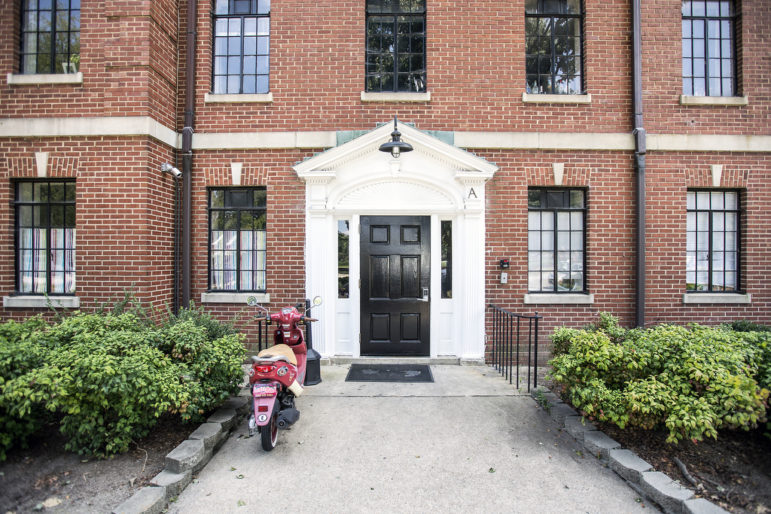
Historic Boylan Apartments
As for the apartments themselves; the RHDC itself did a nice job covering every last detail about the complex in an application for historic landmark status; we’ll include a few of the highlights below.
- Built in 1935, one-half-mile due west of the state Capitol, the Boylan Apartments are Raleigh’s earliest garden-style apartment complex
- The Boylan Apartments are located at 817 Hillsborough Street in Raleigh, North Carolina’s capital city on a 1.14-acre parcel
- The apartment complex consists of three three-story brick buildings arranged in a “U” shape plan with the open part of the U on the west side.
- This arrangement creates a large, semi-enclosed grassy courtyard. A set of concrete steps rise from the sidewalk along Snow Avenue to the center of the courtyard.
- The Boylan Apartments are sturdy utilitarian structures with applied Colonial Revival details rendered in wood, stucco, and concrete. These details stand out, in color, texture, and style, from the plainness of the brick massing
- The apartments were built thanks to funding from the federal government’s Public Works Administration and faced significant backlash from existing property owners who did not want to see subsidized government housing brought to Raleigh
There were a lot more details: about the kind of bathtubs the units have to the very specific types of brick used in the various buildings. As with the information we dug up on lead glass, most of this was TMI. But if you’re dying to know more about common bond bricks, brick water tables and the arguments made against government housing in the 1930s, go ahead and click here.
OK: that last one sounds more interesting than it actually is, so we’ll summarize the only argument actually mentioned in the article and save you the click.
“There was no real housing shortage in Raleigh, they claimed, and construction of federally-subsidized housing would create an unfair rental market.”
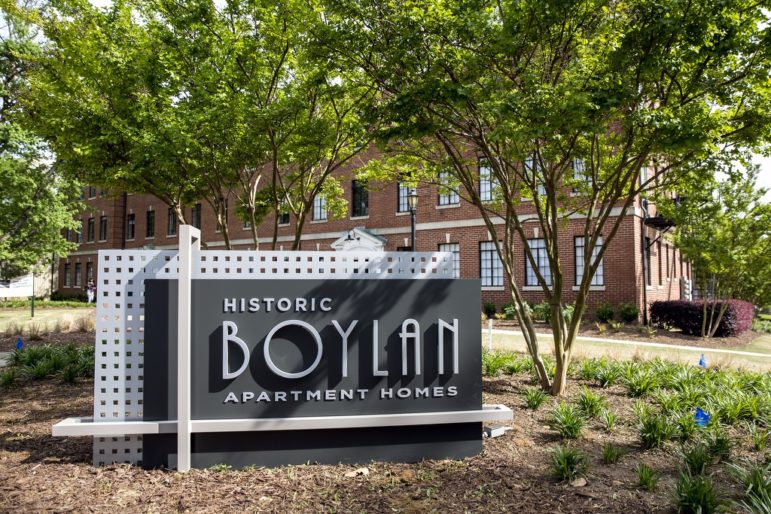
Historic Boylan Apartments, renovated one bedroom for Kane Residential
